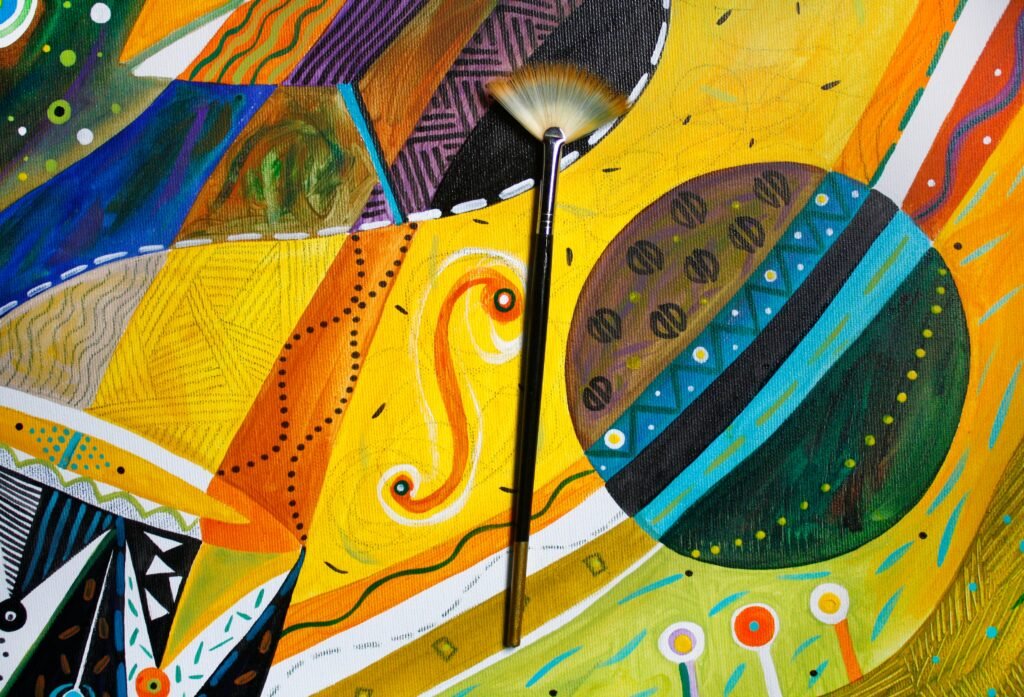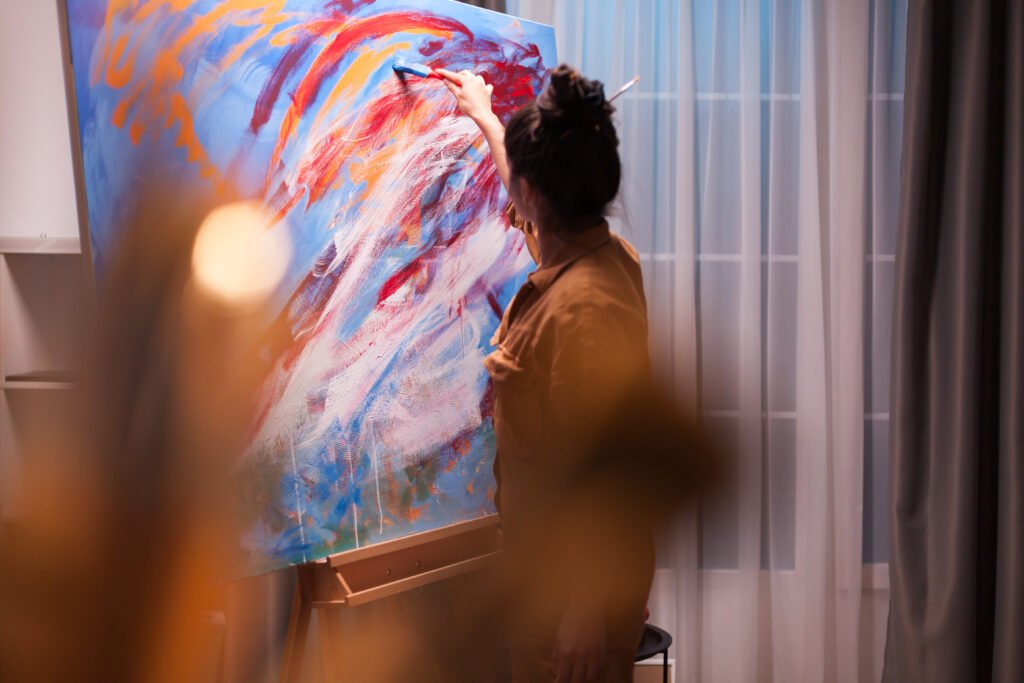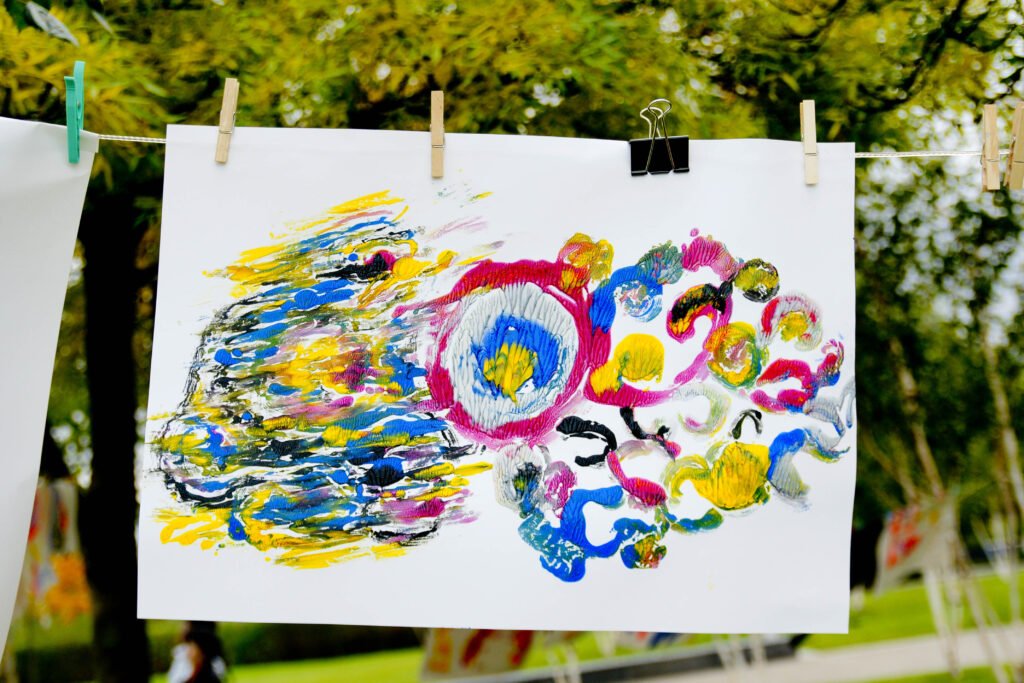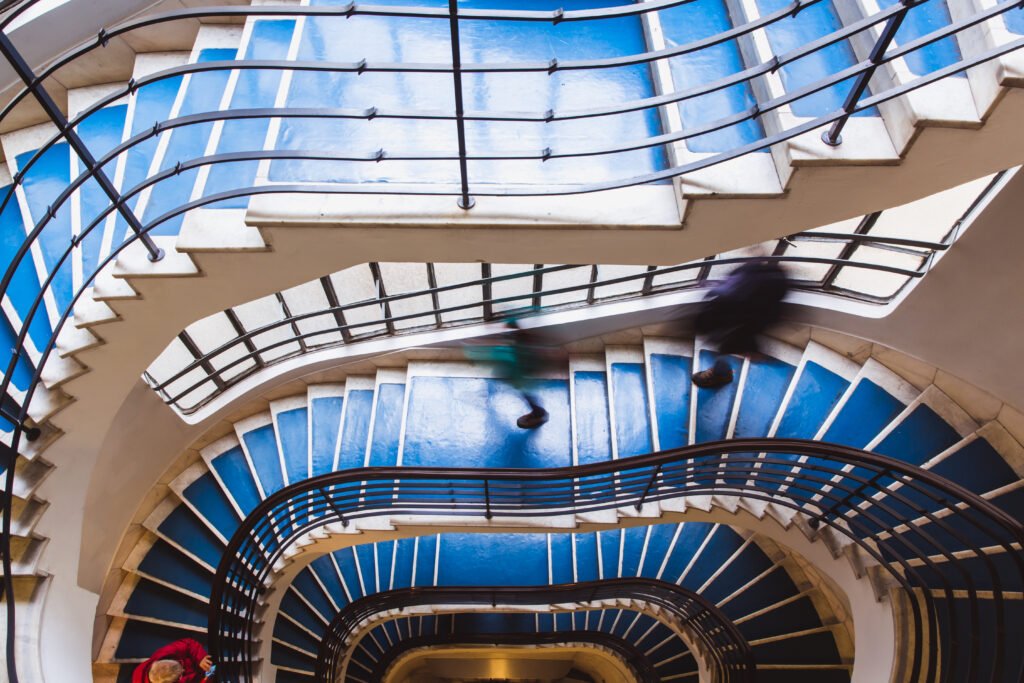In abstract art, gesture and form do not always stand apart from written language. Throughout the twentieth century, many visual artists explored the word not as a narrative tool, but as a plastic, visual, and symbolic element. From this emerged a hybrid field where painting, drawing, and writing merge into a unique aesthetic experience.
Cy Twombly, Mira Schendel, Henri Michaux, among others, demonstrated that letters can become rhythm, calligraphy can become texture, and language can become color.
The result is not illustrated poetry but true visual poetry, in which text ceases to be read and becomes something to be perceived, felt, and almost touched with the eyes.
From gesture to writing: when the line becomes language
Cy Twombly’s work is one of the strongest examples of the fusion between writing and abstract art. His calligraphic scribbles—sometimes childlike, sometimes resembling ancient inscriptions—subvert linear reading.
Rather than telling a story, they create emotional atmospheres through the movement of the line. According to research from the University of Oxford (Twombly’s Textual Abstraction, 2018), the artist developed a unique language in which word and image coexist without hierarchy.
Mira Schendel also explored this contact zone between art and language. Her Monotypes and Writings are series in which words, letters, and symbols overlap on translucent paper, forming layers of silence and presence.
Research from the University of São Paulo (Language and Transparency in the Work of Mira Schendel, 2021) shows that the artist approached the word as sensitive matter, capable of revealing inner states and making the invisible visible.
Her art does not communicate through direct meaning. It speaks through formal tension between opacity and transparency, the spoken and the unspoken.
Henri Michaux, in turn, dissolved writing into graphic forms that evoke imaginary languages. It is as if abstract art were a code to be decoded not by the intellect but by the body. In his experiments with ink and calligraphy, gesture becomes a visual choreography.
This aligns with what scholars of contemporary art call “performative writing,” in which writing becomes painting, as explored in Gesture as Language in Modern Abstraction (University of Cambridge, 2019).
Abstract Art: Visual poetry as a field of sensation
The presence of the word in abstract art is not limited to technique. It activates a zone of perceptual ambiguity. The viewer faces something that resembles text but does not require reading. Instead, it evokes sensation.
Visual poetry finds its place not only in galleries but also in homes and corporate environments. This expands the possibilities for abstract art for decoratio.

Those who want to buy abstract art today encounter in these works not just an image but a presence. Blurred letters, suspended phrases, traces that recall Eastern scripts or ancient manuscripts create layers of reading and emotion. These elements do not illustrate a poem; they offer visual rhythms that invite contemplation.
This type of work also attracts collectors interested in the sale of abstract art that engages with language and philosophy. It is not decorative art in a superficial sense but rather a form of expression that demands presence, pause, and reflection.
Contemporary artists such as Irma Blank, Paul Klee, and even Brice Marden continue to explore this hybrid space, renewing the dialogue between visual silence and verbal power.
When crossed by language, abstract art becomes a space of sensitive reading. It reminds us that the eye can also read, and that reading can be tactile, colorful, and emotional. By uniting gesture and writing, these artists do not illustrate a thought; they create a place where color and word meet as living material.



